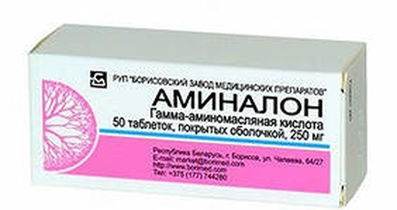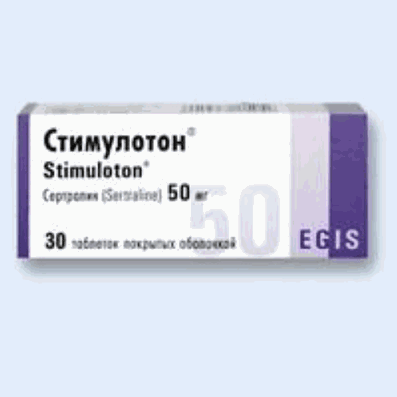FAQ: Synaptic plasticity
29 Oct 2016
7 facts about the ability of connections between neurons to changes
Nerve cells in the brain to form contacts with each other - the synapses. They are necessary to transmit information from one cell (presynaptic) to another (postsynaptic). This occurs by means of synaptic neurotransmitter release and closure of neurotransmitter interaction with specific receptors on the other synaptic end.

- 1.One cell forms about 2000 synaptic terminals. Imagine a situation when we need to remember some phenomenon or event. According to the currently accepted hypothesis, the memory is stored in the brain in a distributed form, that is, not in one particular cell, and in many, interconnected neural networks. Various nerve cells to each other to form synaptic contacts and simultaneous activation of a group of nerve cells, a neural network leads to the fact that we remember the event or, alternatively, store it. The memory of the event - it is the memory of the simultaneous activity of a large group of cells.
- 2.Nerve cells possess plasticity property. Plasticity - the ability for constant change. It occurs during development, when cells to grow dendrites and axons, changes morphologically and functionally. On the other hand, there synaptic plasticity, which means changing the contact between two particular cells.
- 3.Imagine a situation: some cell forms, say, 2,000 contacts with neighbors, and we need to remember something, activate the 5 of them. How is this happening? This is one of the basic questions of neurobiology at the moment.
We can not say that the cell itself is something to recognize it activates not only the desired synapse, but also a lot of others. But the fact that the change of the synapse occurs from both the presynaptic cell, and from the postsynaptic; as well as changes occur in the extracellular matrix which connects the pre- and postsynaptic membrane. - 4.The phenomenon of synaptic plasticity is very complex and involves almost all the molecular mechanisms that exist in the compartments of the cells, whether the postsynaptic membrane, spinule on the postsynaptic cell or axon terminals. Spines - which are small growths on the dendrites, which are predominantly in places of education synapses in the postsynaptic part of the synaptic contact, and axon terminals - thickening on the end of the axon, which is a separate compartment. And there, and there are changes associated with memory, strengthening ties between the two cells.
- To improve brain function people buy Cytamine Complex for Brain function, Semax, Phenylpiracetam.
- 5.Changes occur at all levels: it is changes in the amount of neuro-mediratora receptors in the post-synapse changes in their functional status and post-translational modifications. The most well-studied of them - phosphorylation. This process of rapid changes in the conformation of the receptor, wherein the enzymes, called kinases, phosphoric acid residue attached to some of the amino acids in the polypeptide chain of the receptor. This leads to very strong changes in receptor conformation and can seriously affect its performance. Moreover, phosphorylation undergoes numerous other molecular targets are in the post-synapse. There is a change of cytoskeleton, the synthesis of all additional proteins both in the cell and within the spines.
- 6.The basic mechanism, which leads to all of the above changes is the entry of calcium ions into the cell via receptors of glutamate and voltage-gated calcium channels. It leads to the activation of certain kinases subsequently phosphorylate it is already quite a large number of their substrates.
- 7.One of the major unsolved problems include hypothesis synaptic tag. It was formulated by Richard Morris, a Scottish scientist, and in the first approximation, reads as follows: if in the synaptic contact any changes occur between the two cells, it must be somehow marked. He called it a synaptic tag - synaptic tag. According to this hypothesis, when there is a change of the synapse, inside the cell somehow put "box", and thanks to him, the cell knows which synapse is altered. What is this the synaptic tag, and whether it is general - is an open question, and one of the major in neuroscience.

 Cart
Cart





